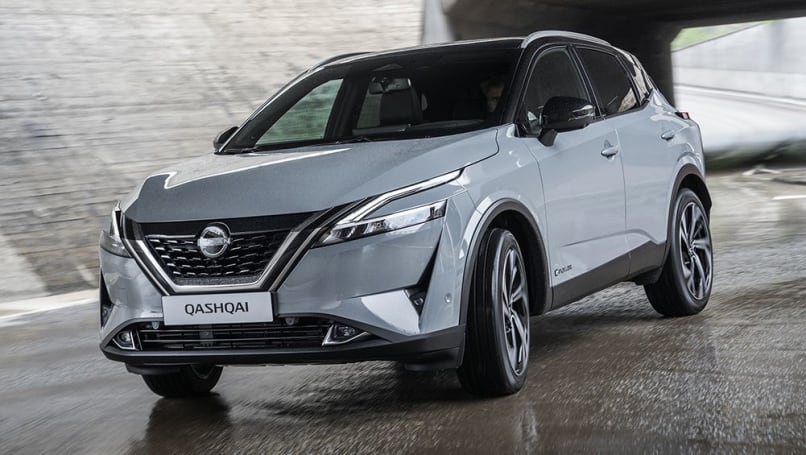
The new car sales winners of 2024: Toyota, Mitsubishi, Ford, BYD, Suzuki, GWM and more!
The Australian new car market is more competitive than ever before and the 2024...
Browse over 9,000 car reviews

Nissan has shut the door on plug-in hybrid electric vehicles (PHEVs) as it commits to e-Power technology to bridge the gap between internal combustion engines and full electric cars.
Speaking to CarsGuide at the international launch of the X-Trail e-Power, Nissan senior engineer Dan Connelly said the Japanese brand will not build a PHEV despite its Alliance partner Mitsubishi utilising the technology.
“We’ve basically made the decision not to go down the plug-in hybrid route,” he said.
“From our research, we’ve figured out a lot of people are getting favourable company car taxes [on PHEVs], so it’s favourable to buy.
“What happens is a lot of the customers aren’t plugging in the car and what they’re doing then is carrying around a 200kg battery, which becomes inefficient.
“We think maybe the favourable taxes and things may reduce in the future.
“But then also, if someone does have the ability to plug in, they can plug in at home, then we might be pushing them towards some of the full EV products like Ariya.”
Nissan’s new X-Trail and the Mitsubishi Outlander, which launched late last year, share the same platform and powertrain – a 2.5-litre engine – in base form, but vary wildly in their approaches to hybrid power in their flagship grades.
Mitsubishi has opted for a PHEV system, which utilises a 20kWh battery that enables up to 87 kilometres of driving range before the 2.4-litre petrol engine takes over.

This configuration means owners will need to be diligent with charging to maximise operation of the car under battery electric power, and features an average fuel consumption figure of just 1.5 litres per 100km.
On the other hand, Nissan has opted for what it calls e-Power, but also features a petrol engine – in this case a 1.5-litre turbo-petrol three-cylinder – but this engine is only used to generate electricity, which then spins the wheels.
Nissan says this set-up means owners have an EV-like driving experience without the need to charge up, and the car can just be filled up with petrol at any servo. However, the X-Trail e-Power returns a higher fuel consumption average of 6.1L/100km.
“So, e-Power is really delivering the EV drive for people that can’t plug it in – they don’t have the ability, the space, don’t have the driveway,” Mr Connelly said.

“I can’t comment on the future, but as it stands, we have no plans [for PHEV] at the moment,” he reiterated.
With such a long lead time required for new powertrain development, and Nissan already committed to the full electric future with the goal of having 50 per cent of all global sales to be in electrified models by the end of the decade, chances are slim to none that the brand will come to market with a plug-in hybrid powertrain.
Nissan has already stated its intentions to develop 15 new electric cars in that timeframe, including a Renault 5-based Micra and a new crossover expected to replace the Leaf hatchback.
Meanwhile, e-Power is available on the upcoming X-Trail and Qashqai SUVs – both of which will go on sale in Australia early next year.
Comments